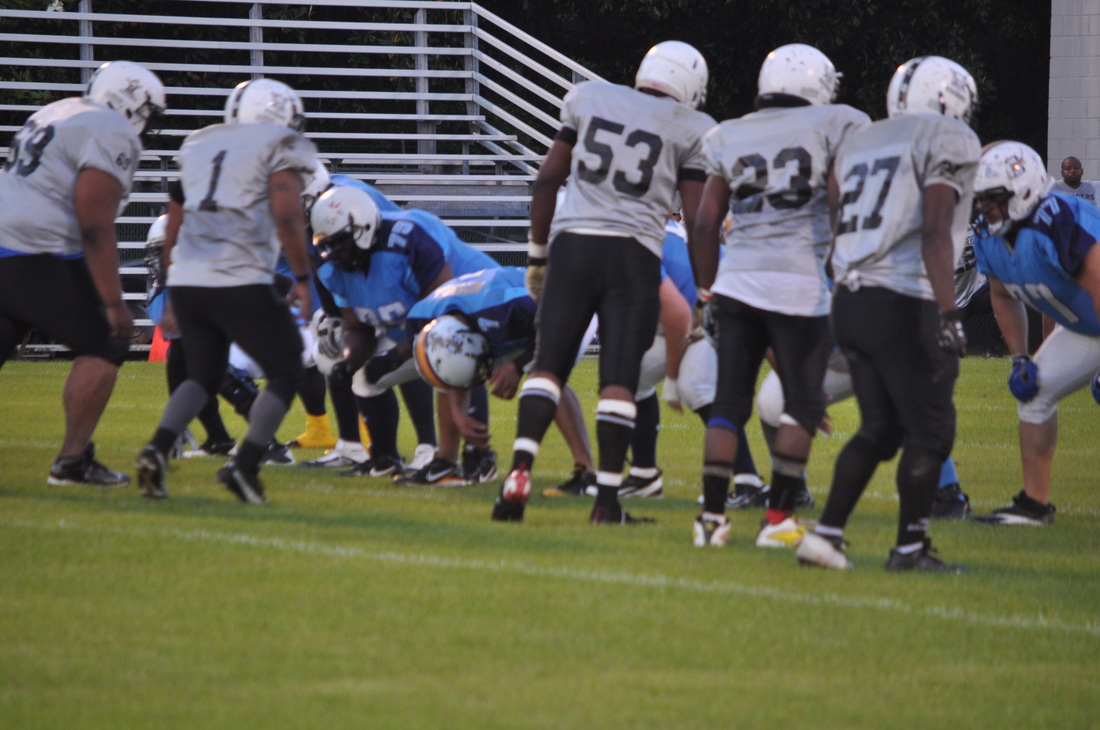

- HOW DO SEMI PRO FOOTBALL TEAMS MAKE MONEY PROFESSIONAL
- HOW DO SEMI PRO FOOTBALL TEAMS MAKE MONEY SERIES
By the end of the season, Parratt's team was made up mostly of Akron sandlotters. Canton manager Jack Cusack also picked up some former Akron players and signed Jim Thorpe to his renamed Canton Bulldogs team. To avoid an Akron title in 1915 the owners of the Massillon Tigers raided Parratt's Akron roster and took away many of his star players.
HOW DO SEMI PRO FOOTBALL TEAMS MAKE MONEY PROFESSIONAL
Turner's death marked the first fatal accident involving a major professional football team in Ohio. Despite the win, Canton's captain Harry Turner died when his spine broke during a tackle on Akron fullback Joe Collins. However, it managed to lose to Canton 6–0 on November 15, 1914. The team dominated the Ohio League for the season.

By late season, the entire left side of his Akron Indian line was from Notre Dame. However, in 1914, he also employed several former Notre Dame stars, including the legendary Knute Rockne, Howard "Horse" Edwards, "Deke" Jones, and Joe Collins, as well as several Ohio collegiate stars like Ed Kagy, Dwight Wertz, Homer Davidson, Dutch Powell, Frank Nesser, and Ralph "Fat" Waldsmith.

įor his 1914 recruiting efforts, Parratt signed the usual big-name players, which consisted of a lineup that changed from week to week, with just enough stars on hand to guarantee a win. The Indians won the game 20–0 and brought the Ohio title back to Akron. A week later when the Blues returned to Akron, the Indians were prepared with newly recruited talent that was viewed as even superior to that of Shelby's. However, the game was canceled due to a snowstorm. During the Indians' championship game against Shelby, the Blues loaded their team with a collection of famous players from big eastern schools and supported each member with a payroll of $700 for just that one game. They also managed to tie the rapidly improving Canton Pros. The following season, Parratt brought most of Elyria's 1912 championship team to Akron and added them to his roster. The Athletics were mostly former Blues players who formed a team in Elyria after Parratt left for Akron. However, they were defeated by the unheard-of Elyria Athletics, who then took the Ohio championship.
HOW DO SEMI PRO FOOTBALL TEAMS MAKE MONEY SERIES
With Peggy as a player, coach, and owner-manager, the Indians split their series with Shelby and twice defeated Canton, 14–7 and 19–7. When he arrived in Akron, his first move was to change the team name from the "Akron" Indians to "Parratt's Indians". He made the move after realizing that he could make more money in the large football market that Akron provided. Parratt's Indians Peggy Parratt.īefore the 1912 season, Peggy Parratt, an early football star with the Massillon Tigers, Franklin Athletic Club and the Shelby Blues, joined the Indians. For example, the Indians preferred passing the ball as opposed to running. From 1908 to 1913, the Indians had a reputation of playing more of a style of football seen at the college level than that of the early athletic clubs. The team was always referred to as the Indians by the fans. The early Indians teams went on to win Ohio League championships in 1908, 1909, 19. The Akron Indians date as far back as 1908. The East Ends' dominance of Ohio football went unmatched until the Massillon Tigers paid several ringers from the recently disbanded Pittsburgh Stars to defeat the East Ends in 1903. The most dominant of these was a team known as the Akron East Ends. The Akron Pros in 1910.īefore 1908, several semi-pro and amateur teams dominated the Akron football scene. Due to financial problems, the team suspended operations in 1927 and surrendered its franchise the following year. In 1926, the name was changed back to the Akron Indians, after the earlier semi-pro team. He was among the earliest stars of professional football before football became segregated from 1934 to 1946. Paul Robeson played for the team in 1921 as well. Fritz Pollard, the first black head coach in the NFL, co-coached the Akron Pros in 1921. The team originated in 1908 as a semi-pro team named the Akron Indians, but later became Akron Pros in 1920 as the team set out to become a charter member of the American Professional Football Association (later renamed the National Football League (NFL) in 1922). The Akron Pros were a professional football team that played in Akron, Ohio from 1908 to 1926. Early era National Football League team in the US Akron Pros Founded


 0 kommentar(er)
0 kommentar(er)
